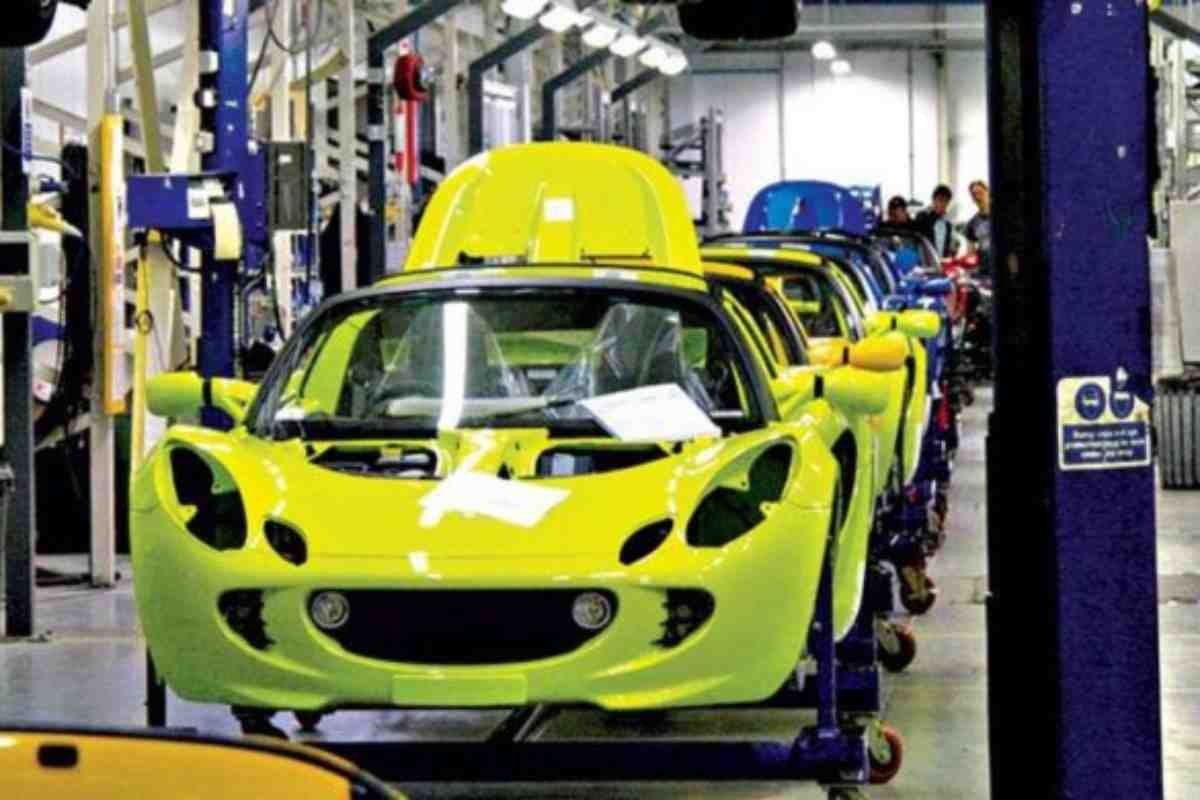5 Benefits of Using Plastics in the Automotive Industry

5 Benefits of Using Plastics
You don’t have to be an automotive expert to know that this industry has changed drastically in the last few decades. The fuel consumption, the design, and the power of engines are not the same as they were back in the day. However, one of the main things that changed in the automotive industry is the use of materials.
Earlier, car manufacturers only used metal. Today, however, that’s not the case anymore. These days, manufacturers are collaborating with names like Primo and using a lot of plastic when making cars. It’s safe to say that this changed the industry for the better. Here are the 5 main benefits of using plastic in the automotive industry.
Table of Contents
Plastics Reduce The Weight Of The Cars
One of the main benefits of using plastic parts in the automotive industry is the fact that those parts drastically reduce the weight of the cars. Why is this important? Well, there are a few reasons. For example, lighter cars are much safer easier to maneuver. This makes them less dangerous in case of a collision or when a driver hits a pedestrian. Also, lighter cars have reduced fuel consumption.
This, of course, is good for the driver’s wallet and for the environment. The people who are taking care of the environment might have a few things to say about the use of plastic, but the good news is that most of the plastic in the automotive industry can be recycled. This is also one of the things that makes plastic a good solution.
Plastics Improve The Safety Of Cars
Polymers have drastically improved the safety of today’s cars. The bumpers that are made of polycarbonate (PC), polypropylene (PP), Acrylonitrile Butadiene Styrene (ABS), polyurethane (PUR), polyamide (PA) compounded with glass fibers, are usually 50% lighter than those made of metal or other materials. What’s better, they are able to absorb four to five times more energy during impact.
However, bumpers are not the only thing in cars made of plastic. For example, durable polyester fiber seat belts, airbags, and plastic child restraint seats have saved plenty of lives since manufacturers started using them.
A lot of people don’t know this, but one of the main reasons why windshields made of laminated glass are shatter-resistant is the use of a thin layer of plastic between two layers of glass. This is a lighter and stronger option than tempered glass.
Plastics Improve The Design Of Cars
The fact that the plastic is soft and can be easily molded allows designers and engineers to create innovative and exciting concepts. The cars today don’t just look stunning, but they are also more functional. This is all thanks to plastics. The manufacturers are also using paint protection film (PPF). This is a thermoplastic urethane film that is slowly replacing traditional automotive paint on some parts of new cars. Why is this paint better?
Well, it is 15 times thicker than traditional paint and this makes it more resistant to scratches, chips, and UV degradation. In other words, the car retains the shiny look for a longer period of time.
However, the exterior is not the only part of the car where polymers are contributing. For example, plastic is a key component for electric, hybrid, and hydrogen-powered vehicles. Without it, car manufacturers wouldn’t be able to create those gadgets drivers have in today’s cars.
New alternative energy vehicles have to use new battery technology using new-generation lithium-polymer batteries that are smaller and run cooler. Plastic is essential when it comes to those cars.
Plastics Lower The Car Manufacturing Costs
It’s safe to say that single mold components have helped the manufacturers to decrease vehicle assembly time and play with car designs. The best part is that they can do this at lower costs. Not only that cars are now cheaper to make, but in case of a malfunction or damage, people don’t have to pay as much as they once had when cars were made of metal.
Plastic Eliminates Corrosion
The older cars that were mostly made of metal are prone to corrosion. This can be dangerous because corrosion weakens the components and may put the driver at risk. Fortunately, plastic components that car manufacturers are using today have drastically reduced corrosion in cars. This is definitely one of the most important benefits of plastic use in the automotive industry.
Conclusion
A lot of people are sceptical when it comes to plastic components in cars. The old-school drivers are nostalgic and they don’t want to give plastics a chance, while environmentalists are judging the use of this material. However, the fact is that plastics have made today’s cars safer, better-looking, and cheaper. Considering the fact that most of the plastic in the automotive industry comes from recycled materials, this doesn’t endanger the environment. In other words, if used in a proper manner, plastic can make a car much better.

